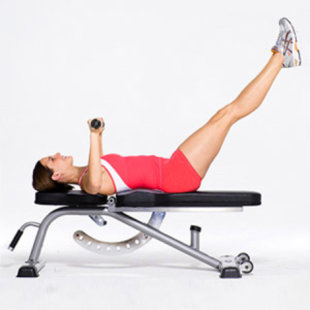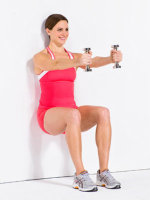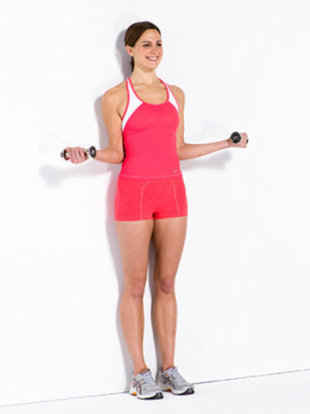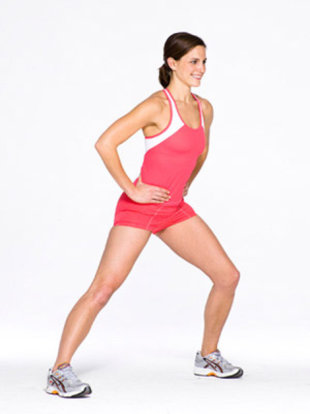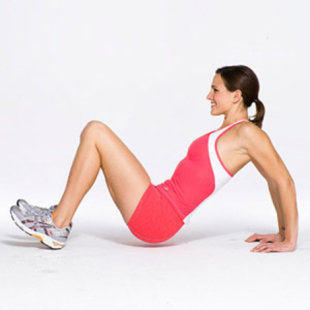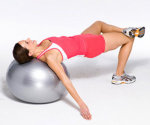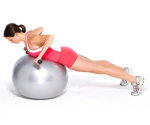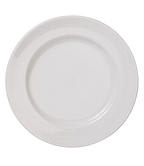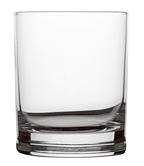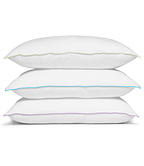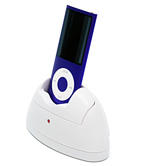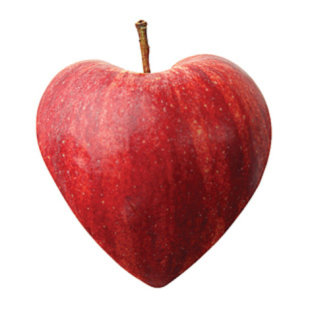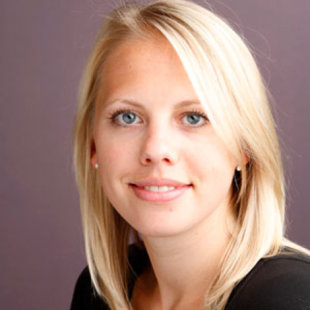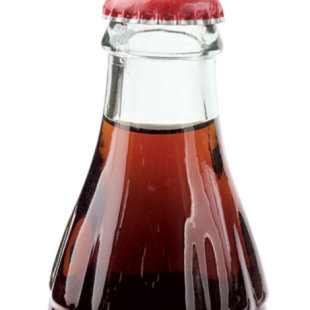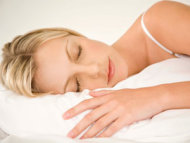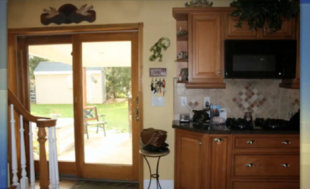

Related: Kristen Bell Answers Your Biggest Health Questions
1. Oops. You snuck cigarettes at parties for years.
It's never too late to ditch the sticks. Your body starts to bounce back a mere 20 minutes after your last puff: Carbon monoxide starts clearing from your system, and your blood vessels begin to repair themselves. You can ward off further damage with some salad: Eat 12 servings of leafy greens per month, and their phytochemicals could protect you against lung tumors and cancer, a study on smokers in Cancer Research indicates. Because you're more vulnerable to future lung damage than never-smokers are, prevent it by getting flu shots (the fewer infections you get, the better), avoiding secondhand smoke and rolling up windows if you're behind a stinky truck (no joke), says Norman H. Edelman, M.D., chief medical officer of the American Lung Association.
2. OMG. You partied too hard in college.
Related: 21 Good-For-You Snacks
Still worried about frat-fiesta fallout? If you're healthy these days, don't fret about past overimbibing, says Tram Tran, M.D., medical director of liver transplantation at Cedars-Sinai Medical Center. You may have caused inflammation, but that sounds scarier than it probably is: If you're usually moderate-defined as having one drink or fewer per day-your liver will naturally repair itself within a few months or at most a couple of years, Dr. Tran says. (If you have a family history of liver disease, however, it's wise to have a hepatologist screen for abnormalities.) To help your liver, do what's good for you overall: Eat well, exercise, and maintain a healthy weight. One liver-loving move, especially if you're sexually active, is to get the hepatitis B vaccine, Dr. Tran says. Finally, swig coffee: Four cups daily were associated with a 75 percent reduced risk for alcoholic cirrhosis of the liver in a study in the Archives of Internal Medicine. Less java was still associated with a lowered risk, so enjoy that morning joe.
3. Uh-oh. You couldn't resist the tanning booth.
Your personal tanning toll is twofold: a 74 percent higher risk for melanoma, according to a study by the University of Minnesota in Twin Cities, and premature aging. You know to coat yourself in a broad-spectrum sunscreen with SPF 30 every day. (Right?) What you might not realize is that a good way to reduce existing damage is a dual-wavelength laser like Fraxel re:store Dual. Although you may have some initial redness, you'll likely end up with younger-looking skin, and the laser may help zap precancerous cells, says Ranella Hirsch, M.D., a dermatologist in Boston. And chocolate lovers, rejoice: Antioxidants in cocoa soak up free radicals, limiting UV-ray damage in former tanners, says David Katz, M.D., a researcher at Yale University. Enjoy 1 to 2 ounces of dark chocolate with 60 percent cacao daily.
See More: 6 Secrets to Firing Up Your Metabolism
4. Yipes. You've been pigging out on fatty stuff.
If you've got the cholesterol creeps, focus on healthy fats. Olive oil, avocados and walnuts can help lower levels of the LDL ("bad") cholesterol you may have upped with a diet heavy on saturated, trans and refined fats. Fats can also help you feel full for longer, avoiding binges, and the healthy ones will do so without hurting your heart, says Ashley Koff, R.D., coauthor of Mom Energy: A Simple Plan to Live Fully Charged. Then stay on the good-food path: Clock seven to nine hours of sleep nightly. The more you skimp on shut-eye, the more you throw your hunger hormones out of whack, making it harder to evade the grease-gorging habits of your past, says Christine Gerbstadt, M.D., a physician and dietitian in Sarasota, Florida. Plus, if you're well rested, you're less likely to turn to junk food for much-needed energy. That's delicious.
More From SELF:
-Yoga Moves for Flat Abs
-20 Superfoods for Weight Loss
-Jillian Michaels: How to Lose Two Pounds a Week
-The Healthiest Cities for Women

